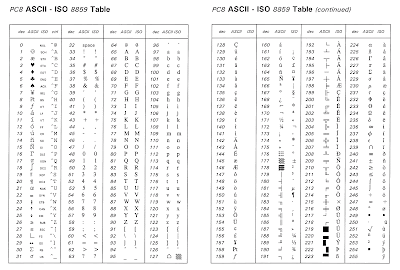What is an XSS Attack?
a) What is an XSS Attack?
Cross-Site Scripting (XSS) Attack:
Definition: An XSS attack is a type of security vulnerability in web applications where an attacker injects malicious scripts into content that is viewed by other users. These scripts are executed in the context of the victim’s browser, potentially compromising the security of the user’s data and interactions with the website.
Types:
- Stored XSS: Malicious script is stored on the server and delivered to users when they request the stored data (e.g., in a comment section or user profile).
- Reflected XSS: Malicious script is included in the URL or request and immediately reflected back by the server in the response (e.g., in search results or error messages).
- DOM-Based XSS: Malicious script is executed as a result of manipulating the Document Object Model (DOM) in the browser, without new pages being loaded or server-side code being involved.
Impact: XSS attacks can lead to various security issues such as session hijacking, data theft, defacement of web pages, and redirection to malicious websites. They exploit the trust between users and the website.
b) Describe THREE Strategies to Minimize XSS Attacks for End Users
1. Use Modern Browsers with Built-in Security Features
Description: Modern web browsers have several built-in security features to help prevent XSS attacks. These include Content Security Policy (CSP), which helps to restrict the sources from which scripts can be loaded and executed.
Strategy:
- Enable Security Features: Ensure that the browser’s security features, such as CSP and XSS filters, are enabled and configured properly.
- Keep Browsers Updated: Regularly update the browser to benefit from the latest security patches and improvements.
2. Avoid Clicking on Suspicious Links and Emails
Description: XSS attacks often involve malicious links or content embedded in emails or other messages that may trick users into executing harmful scripts.
Strategy:
- Be Cautious with Links: Avoid clicking on links from unknown or untrusted sources.
- Verify URLs: Check the URLs before clicking and ensure they are from legitimate websites.
- Use Email Filters: Use email filters to block or flag suspicious emails that may contain links to phishing or malicious sites.
3. Utilize Browser Extensions for Enhanced Security
Description: Browser extensions can provide additional security by blocking known malicious scripts, protecting against phishing, and improving overall web safety.
Strategy:
- Install Security Extensions: Use browser extensions such as NoScript or uBlock Origin, which can block potentially harmful scripts and advertisements from loading.
- Regularly Review and Update Extensions: Ensure that extensions are up-to-date and review their permissions and settings to maintain security.
Summary
- XSS Attack: A vulnerability where malicious scripts are injected into web content, executed in the victim’s browser, potentially leading to data theft or other security issues.
- Strategies for End Users:
- Use Modern Browsers with Built-in Security Features: Enable and update browser security features to mitigate XSS risks.
- Avoid Clicking on Suspicious Links and Emails: Be cautious of unknown sources and verify URLs to prevent malicious scripts from executing.
- Utilize Browser Extensions for Enhanced Security: Install and manage security extensions to block harmful content and improve safety.


Ulasan